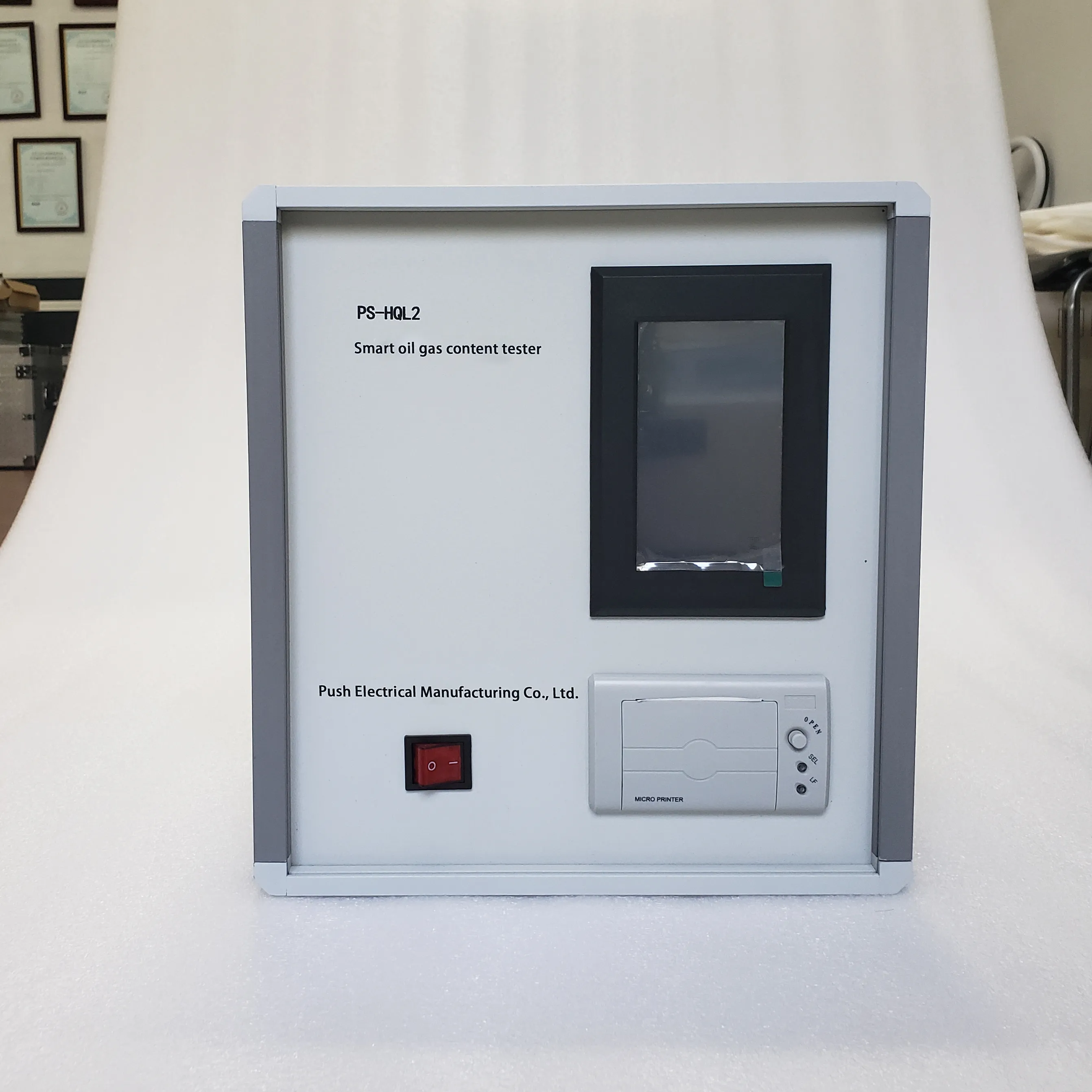 English
English



-
 Afrikaans
Afrikaans -
 Albanian
Albanian -
 Amharic
Amharic -
 Arabic
Arabic -
 Armenian
Armenian -
 Azerbaijani
Azerbaijani -
 Basque
Basque -
 Belarusian
Belarusian -
 Bengali
Bengali -
 Bosnian
Bosnian -
 Bulgarian
Bulgarian -
 Catalan
Catalan -
 Cebuano
Cebuano -
 China
China -
 China (Taiwan)
China (Taiwan) -
 Corsican
Corsican -
 Croatian
Croatian -
 Czech
Czech -
 Danish
Danish -
 Dutch
Dutch -
 English
English -
 Esperanto
Esperanto -
 Estonian
Estonian -
 Finnish
Finnish -
 French
French -
 Frisian
Frisian -
 Galician
Galician -
 Georgian
Georgian -
 German
German -
 Greek
Greek -
 Gujarati
Gujarati -
 Haitian Creole
Haitian Creole -
 hausa
hausa -
 hawaiian
hawaiian -
 Hebrew
Hebrew -
 Hindi
Hindi -
 Miao
Miao -
 Hungarian
Hungarian -
 Icelandic
Icelandic -
 igbo
igbo -
 Indonesian
Indonesian -
 irish
irish -
 Italian
Italian -
 Japanese
Japanese -
 Javanese
Javanese -
 Kannada
Kannada -
 kazakh
kazakh -
 Khmer
Khmer -
 Rwandese
Rwandese -
 Korean
Korean -
 Kurdish
Kurdish -
 Kyrgyz
Kyrgyz -
 Lao
Lao -
 Latin
Latin -
 Latvian
Latvian -
 Lithuanian
Lithuanian -
 Luxembourgish
Luxembourgish -
 Macedonian
Macedonian -
 Malgashi
Malgashi -
 Malay
Malay -
 Malayalam
Malayalam -
 Maltese
Maltese -
 Maori
Maori -
 Marathi
Marathi -
 Mongolian
Mongolian -
 Myanmar
Myanmar -
 Nepali
Nepali -
 Norwegian
Norwegian -
 Norwegian
Norwegian -
 Occitan
Occitan -
 Pashto
Pashto -
 Persian
Persian -
 Polish
Polish -
 Portuguese
Portuguese -
 Punjabi
Punjabi -
 Romanian
Romanian -
 Russian
Russian -
 Samoan
Samoan -
 Scottish Gaelic
Scottish Gaelic -
 Serbian
Serbian -
 Sesotho
Sesotho -
 Shona
Shona -
 Sindhi
Sindhi -
 Sinhala
Sinhala -
 Slovak
Slovak -
 Slovenian
Slovenian -
 Somali
Somali -
 Spanish
Spanish -
 Sundanese
Sundanese -
 Swahili
Swahili -
 Swedish
Swedish -
 Tagalog
Tagalog -
 Tajik
Tajik -
 Tamil
Tamil -
 Tatar
Tatar -
 Telugu
Telugu -
 Thai
Thai -
 Turkish
Turkish -
 Turkmen
Turkmen -
 Ukrainian
Ukrainian -
 Urdu
Urdu -
 Uighur
Uighur -
 Uzbek
Uzbek -
 Vietnamese
Vietnamese -
 Welsh
Welsh -
 Bantu
Bantu -
 Yiddish
Yiddish -
 Yoruba
Yoruba -
 Zulu
Zulu
Analyzing CT Test Results for Enhanced Diagnostic Accuracy and Patient Care
Understanding the CT Analyzer Test A Comprehensive Overview
The CT Analyzer Test has emerged as a crucial diagnostic tool in various clinical settings, especially in the realms of radiology and laboratory medicine. As technology continues to evolve, the importance of accurate and efficient analysis cannot be overstated. This test is designed to provide detailed insights into the parameters of a computed tomography (CT) scan, assisting healthcare professionals in making informed decisions regarding patient care.
The primary objective of the CT Analyzer Test is to assess the quality and effectiveness of CT scans by examining multiple variables, including image clarity, radiation dose, and diagnostic accuracy. One of the greatest advantages of this test lies in its ability to enhance the safety of imaging procedures. By ensuring that patients receive the minimum necessary radiation while obtaining high-quality images, practitioners can significantly reduce long-term health risks associated with excessive exposure.
Understanding the CT Analyzer Test A Comprehensive Overview
The process of conducting the CT Analyzer Test is straightforward yet highly systematic. It typically involves a series of well-defined steps, starting from the acquisition of images to the interpretation of results. Radiologists analyze the CT images, taking into consideration factors such as slice thickness, contrast enhancement, and reconstruction algorithms. Advanced software tools can further assist in quantifying these parameters, providing a robust framework for evaluation.
ct analyser test

In addition to quality assurance, the CT Analyzer Test plays a significant role in research and development. As medical imaging technology progresses, ongoing studies examine how improvements in CT techniques can enhance diagnostic capabilities. This test serves as a benchmark for evaluating new tools and methods, contributing to innovative practices in the field of radiology.
While the benefits of the CT Analyzer Test are profound, it is essential to acknowledge the challenges that accompany its implementation. For one, there is a need for continued education and training among medical personnel to effectively utilize this tool. Keeping pace with technological advancements and integrating them into clinical workflows require ongoing commitment and investment.
Furthermore, standardizing the protocols associated with the CT Analyzer Test can be a hurdle. Variations in equipment and procedures across different institutions may hinder the comparability of results. Therefore, establishing universal guidelines would enhance the reliability and effectiveness of this test in diverse healthcare environments.
In conclusion, the CT Analyzer Test represents a significant advancement in the field of medical imaging, providing invaluable insights that aid in the diagnosis and treatment of various conditions. By prioritizing safety, accuracy, and ongoing education, the healthcare community can harness the full potential of this diagnostic tool. As research and technology continue to evolve, the CT Analyzer Test is poised to play an increasingly critical role in precision medicine, ensuring that patients receive the highest standard of care.
-
Ensuring SF₆ Gas Safety: Introducing PUSH’s Integrated SF₆ Analyzer for Dew Point, Purity, and Decomposition MonitoringNewsJul.10,2025
-
Exploring the Main Types of Industrial Endoscopes and Their Applications Across IndustriesNewsJul.04,2025
-
Testing Equipment Industry Sees Major Advancements in 2025: Smart & Precision Technologies Lead the WayNewsJun.06,2025
-
Applications of Direct Current Generators in Renewable Energy SystemsNewsJun.05,2025
-
Hipot Tester Calibration and Accuracy GuidelinesNewsJun.05,2025
-
Digital Circuit Breaker Analyzer Features and BenefitsNewsJun.05,2025



